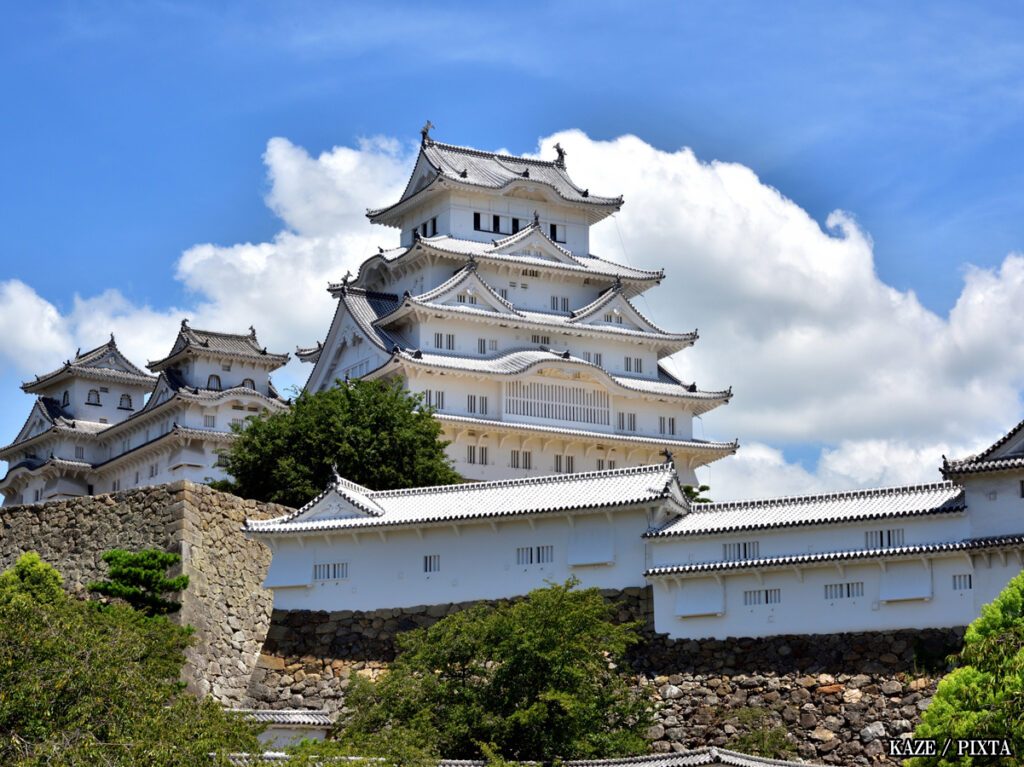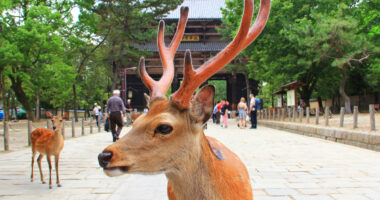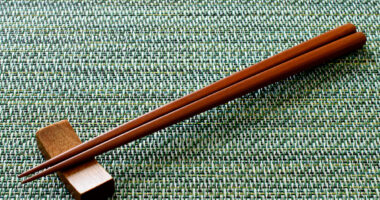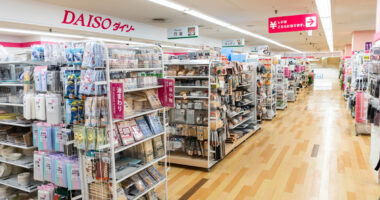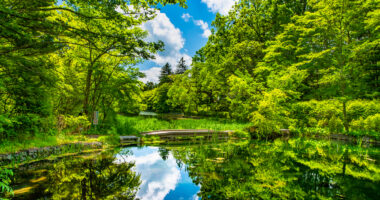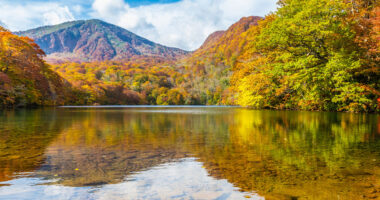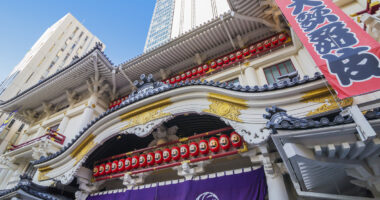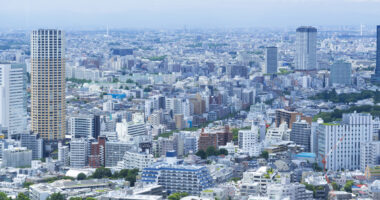It rises not with fanfare, but with quiet majesty — a fortress of white elegance standing sentinel over centuries of Japanese history. With its sweeping curves and luminous plaster walls, Himeji Castle doesn’t demand attention; it earns it. To trace its story is to follow the contours of Japan’s feudal legacy, from a modest 14th-century fort to a grand symbol of Tokugawa power. More than a landmark, this architectural marvel, poetically known as the “White Heron Castle,” embodies the resilience and refinement of a nation that has continually redefined itself, earning its place as one of Japan’s first UNESCO World Heritage Sites.
From fortified beginnings to a majestic stronghold
Once a humble fortification built in the 14th century, Himeji Castle has evolved into one of Japan’s most iconic architectural masterpieces. Before you dive into its storied past, experience its grandeur through this short and captivating timelapse video taken from Himeji Castle’s official website. This timelapse beautifully captures the castle’s serene majesty and intricate details from dawn to dusk.
The birth of a fortress
The origins of Himeji Castle trace back to the year 1333, during Japan’s Nanboku-chō period, a time marked by political turmoil and civil conflict, when rival imperial courts in Kyoto and Yoshino vied for legitimacy. It was in this unstable climate that a regional warlord, Akamatsu Norimura, established a small fortification atop Himeyama Hill in what is now Hyogo Prefecture. This strategic location provided a commanding view of the surrounding plains and access to key trade routes, making it an ideal site for military defense and regional governance.
Norimura’s fort was constructed primarily from wood and stone, designed to serve as both a defensive outpost and a symbol of his clan’s authority. Like many early Japanese castles, it was relatively simple in design, intended more for function than for grandeur. However, it laid the foundational footprint for what would become one of Japan’s most iconic architectural achievements.
As the centuries progressed and Japan continued to experience near-constant warfare during the Sengoku period (1467-1603), a time known as the “Warring States” era, fortresses became increasingly important not only for protection but also as seats of political and economic control. During this time, many castles were expanded, fortified, or rebuilt to reflect the growing power and ambition of regional daimyōs (feudal lords).
One such figure was Toyotomi Hideyoshi, a brilliant tactician and one of the great unifiers of Japan following the collapse of the Ashikaga Shogunate. In 1580, Hideyoshi seized control of the Himeji region and recognized the strategic value of the modest fort. He ordered a significant expansion, transforming it into a more formidable, three-story castle. This renovation included the construction of stone walls, a more sophisticated inner keep, and improved defensive measures such as gates and watchtowers. The changes reflected not only Hideyoshi’s military aspirations but also his vision of centralized control and enduring legacy.
Thus, this early fort saw its first major upgrade in the late 16th century under Toyotomi Hideyoshi, who expanded it into a three-story castle. The structure we see today largely came into being in 1609.
Ikeda Terumasa and the great reconstruction
After the pivotal Battle of Sekigahara in 1600, which marked the end of nationwide conflict and the beginning of the Tokugawa Shogunate, Tokugawa Ieyasu, the new shogun, rewarded his son-in-law and loyal general, Ikeda Terumasa, with the Himeji region. Between 1601 and 1609, Terumasa embarked on a massive reconstruction effort and transformed the castle into a vast, elegant stronghold that would showcase the might of the new Tokugawa regime.
This transformation elevated Himeji from a regional fortress into a sprawling, state-of-the-art castle complex. Himeji’s final form included 83 buildings, fortified gates, hidden chambers, and an elaborate maze of defensive corridors designed to confuse and slow attackers. The historical significance of Himeji Castle is deeply tied to this moment, an era when Japan shifted from chaos to centralized rule.
Centuries after Ikeda Terumasa’s grand reconstruction, Himeji Castle faced a new challenge, not from war, but from time and decay. To preserve its structural integrity and historical authenticity, the Japanese government launched the Shōwa Great Restoration between 1956 and 1964. This large-scale project involved disassembling and reinforcing key parts of the main keep, repairing damaged roofing, and restoring plaster walls using traditional craftsmanship.
This restoration marked a turning point in Japanese conservation efforts. It was the first restoration of its kind in postwar Japan that set a precedent for preserving cultural heritage using original methods. The project played a crucial role in securing Himeji Castle’s status as a national and global icon.
The white heron takes flight in stone and plaster
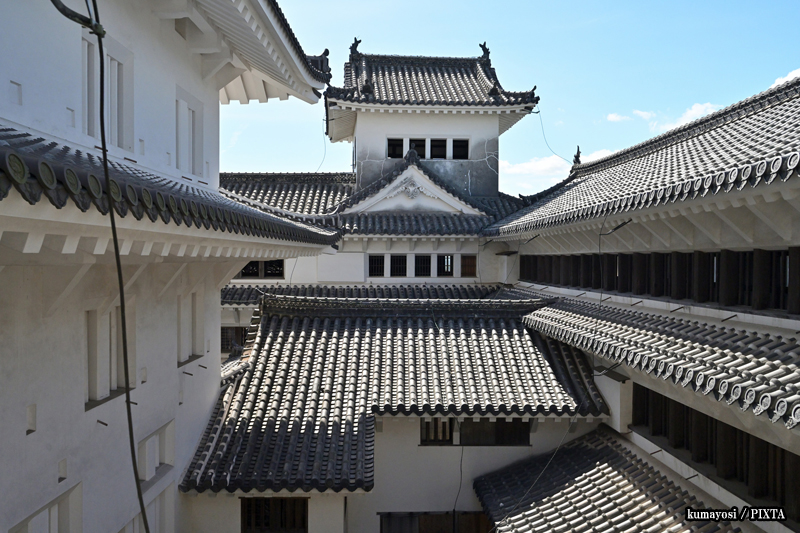
Photo for illustrative purposes
What makes Himeji Castle so unforgettable at first glance is its brilliant white exterior. Covered in white plaster made from slaked lime, finely ground seashells, seaweed, and hemp fiber, its surfaces gleam in sunlight like snow-covered feathers. Adding to its striking presence, the castle’s elegantly curved, wing-like rooftop has earned the castle the poetic nickname Shirasagi-Jō, or “White Heron Castle,” for its graceful resemblance to a heron taking flight.
The nickname isn’t just poetic; it reflects deep cultural aesthetics in Japan. Since nature is a core part of traditional Japanese art and symbolism, the heron, often associated with purity, grace, and resilience, mirrors the castle’s dignified presence and its enduring legacy. The bird is also a traditional symbol of longevity and peace, making it a fitting emblem for a structure that has stood for over 400 years.
Unlike many other Japanese castles, which often feature dark wooden exteriors and more fortress-like profiles, Himeji stands apart with its sense of airy refinement and deliberate beauty. The material used to build the castle not only adds to its distinctive appearance but also serves a functional purpose. It offers fire resistance to the wooden structure beneath.
For foreign visitors, understanding why Himeji Castle is called the White Heron adds emotional depth to their experience. After all, Himeji Castle is not merely a beautiful building; it is a visual metaphor for Japan’s enduring spirit, rising from the ashes of its feudal past with elegance and strength. That is why it stands today not only as an architectural wonder but also as a symbol of harmony after eras of conflict.
Guarding legacy and identity through the centuries
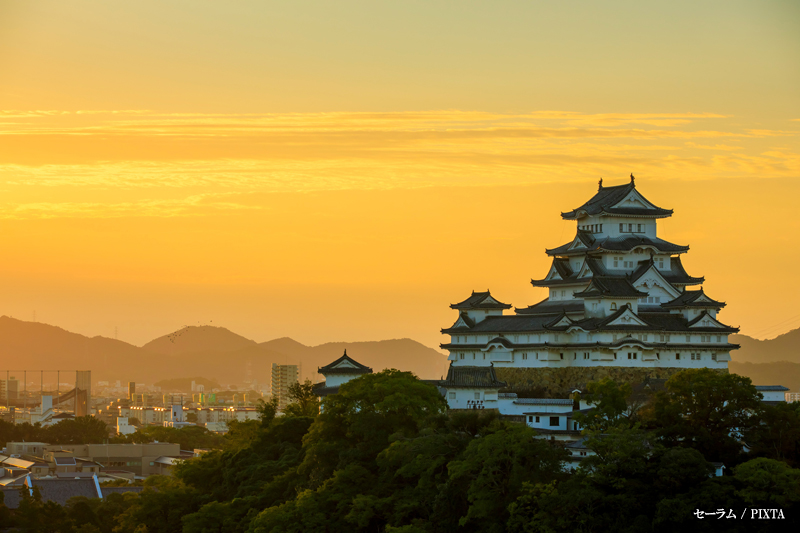
Photo for illustrative purposes
Surviving time, war, and nature
The historical significance of Himeji Castle stretches far beyond its visual beauty. This architectural gem has withstood centuries of upheaval, war, and natural disaster, making it one of the most intact and authentic castles in Japan.
Many of Japan’s castles were destroyed in the late 1800s during the Meiji Restoration, a period when the government sought to modernize and break from its feudal past, but Himeji Castle was spared. Even more impressively, it survived the air raids of World War II, even though the city of Himeji was heavily bombed. Lastly, in 1995, the Great Hanshin Earthquake devastated the surrounding region of Himeji, yet Himeji Castle remained virtually unscathed.
This resilience is more than just physical. It reflects the deep cultural respect that has preserved the castle through the ages. Over the centuries, it has undergone multiple restorations, each one aiming to preserve its authenticity rather than modernize or rebuild from scratch.
Major restoration effort in the early 21st century
Apart from the historical upgrades and restorations discussed above, one of the most recent and significant preservation projects took place between 2009 and 2015. Known as the Heisei Restoration, this six-year undertaking was launched to address natural wear caused by time, weather, and environmental exposure.
The project involved cleaning and repairing the iconic white exterior, reinforcing the castle’s wooden support beams, and replacing damaged roof tiles — all without replacing them with modern materials and staying true to traditional Japanese techniques.
Key milestones in Himeji Castle’s preservation history
| Year | Event |
|---|---|
| 1580 | First major upgrade under Toyotomi Hideyoshi |
| 1601–1609 | Massive reconstruction by Ikeda Terumasa |
| 1931 | Declared a National Treasure of Japan |
| 1956-1964 | First major postwar restoration, Shōwa Great Restoration |
| 1993 | Designated a UNESCO World Heritage Site |
| 2009–2015 | Extensive Heisei-era restoration |
Crowning glory of Japan’s cultural heritage
In 1993, Himeji Castle received one of the highest honors in global heritage. It was inscribed as one of the first UNESCO World Heritage Sites in Japan, alongside sites such as the Buddhist Monuments in the Hōryū-ji Area, Yakushima, and Shirakami-Sanchi.
Moreover, UNESCO recognized the castle under criteria (i) and (iv), which highlight its status as a masterpiece of human creativity and an outstanding example of architectural and technological achievement. Its earlier designation as a National Treasure of Japan in 1931 further underscores its importance. Thus, this national status ensures legal protection and access to state funding for preservation.
What makes the castle especially significant is its originality. While many Japanese castles have been reconstructed using concrete or steel, Himeji remains a wooden structure. Its authenticity is a major reason why it stands out among the UNESCO World Heritage Sites in Japan.
The castle’s global recognition is not just symbolic; it helps foster international understanding of Japanese culture, architecture, and history.
A living monument inspiring generations
While Himeji Castle is centuries old, it remains very much a part of contemporary culture. Its image appears in films, like Akira Kurosawa’s Ran, video games, and literature, serving as a setting that communicates nobility, mystery, or historical grandeur. So, its visual imprint is everywhere, from coins to commercials and everything in between.
For Japanese citizens, Himeji Castle is more than a monument. It is a cultural touchstone. Schoolchildren learn about it in textbooks, scholars study its construction techniques and historical context, and artists sketch its soaring turrets.
Hence, the preservation of Himeji Castle sets a model for how Japan balances progress with cultural memory. Its historical significance lies not just in its past but in how it continues to shape the present.
The castle that endures with grace
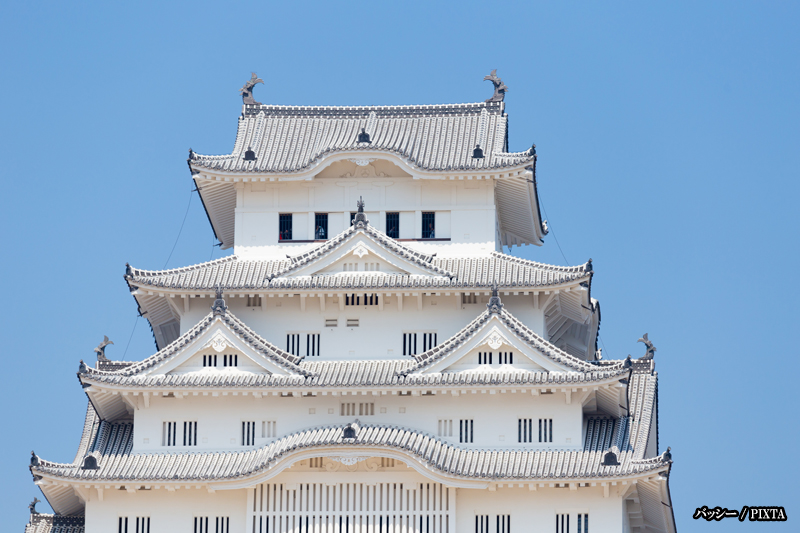
Photo for illustrative purposes
To conclude, Himeji Castle is more than a beautiful landmark; it is a story in stone and wood. Its history reflects the rise and fall of feudal lords, the unification of a nation, and the spirit of a people who chose to preserve, rather than forget, their past.
From its poetic nickname to its designation as a UNESCO World Heritage Site, every part of the castle tells a story worth hearing, and for those who visit, it offers more than photographs. It offers a moment of stillness in the flight of history.
While Himeji Castle stands as a monument to Japan’s enduring heritage, it is only one of the many cultural treasures waiting to be discovered across the country. At Umami bites, we believe every journey through Japan should be a feast for the senses. Hence, we guide you beyond the landmarks and help you experience Japan with insight, curiosity, and unforgettable depth.
Start your journey into Japan’s rich heritage with the timeless elegance of Himeji Castle, and let the White Heron take flight in your imagination once more!
Want to explore more? Check out our related articles:
- “Exploring Himeji Castle’s Architecture: A Defensive Masterpiece“
- “Visiting Himeji Castle: Travel Tips and Nearby Attractions“
